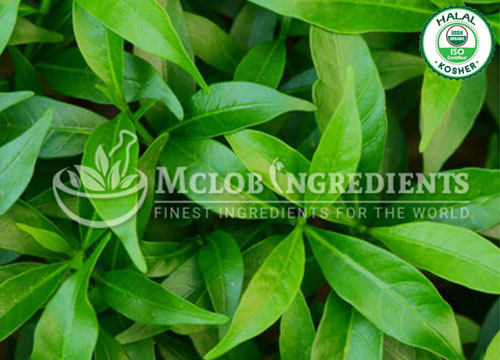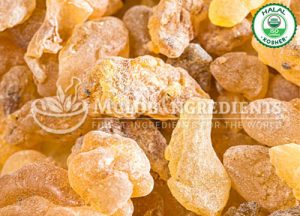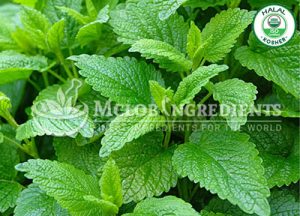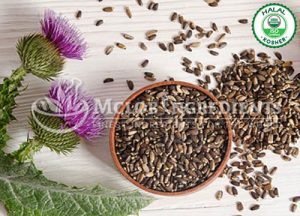Pu-erh tea is made from the stems and leaves of the Camellia sinensis plant. This is the same plant that is used for making oolong, green and black teas. The processing of Pu-erh tea involves two stages after harvesting. During the first stage, similar to green tea, the tea leaves are prepared. During the second stage, the leaves undergo fermentation and then under high humidity prolonged storage, or “aging,”. Supposed to taste better Pu-erh tea is aged for a longer period. However, it can also taste stale or smell musty because during the long aging process mold and bacteria will sometimes attack the tea. In the Yunnan district in the southwestern part of China, Pu-erh tea is mainly produced. It is used as medicine.
Benefits:
Pu-erh tea benefits are as follows:
- Mental alertness
- Obesity
- Diabetes
- Fatty liver.
- High cholesterol.
Side effects:
A high amount of Pu- Erh tea causes some side effects including headache, nervousness, vomiting, diarrhea, sleep problems, irritability, tremor, irregular heartbeat, heartburn, ringing in the ears, convulsions, dizziness, and confusion.
Precaution:
- Avoid pregnancy and breastfeeding because it increases the risk of miscarriage and sometimes caffeine can pass into breast milk respectively.
- Avoid anxiety disorder and bleeding disorder because it might make these conditions worse.
Interaction:
Amphetamines or cocaine or ephedrine interact with Pu-erh tea. Amphetamines or cocaine or ephedrine is a stimulant drug-taking this might cause serious heart problems including heart rate and high blood pressure.
Dose:
The appropriate dose of Pu-erh depends on several factors such as health, age, and several other conditions.







